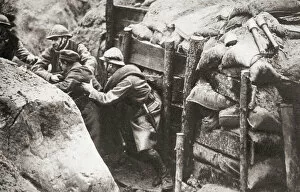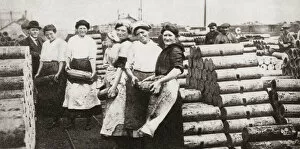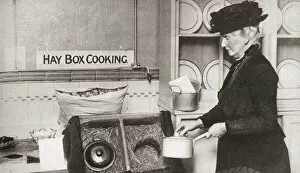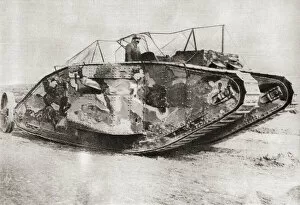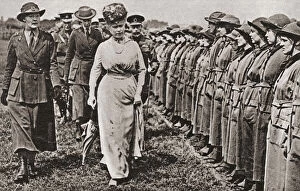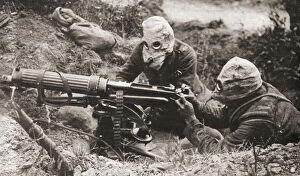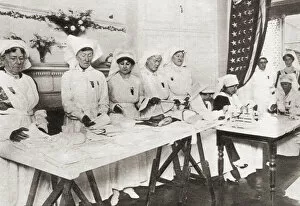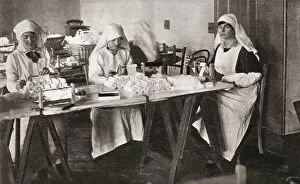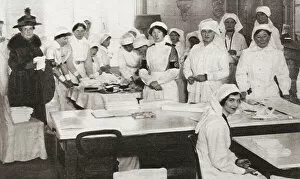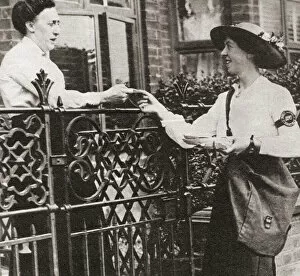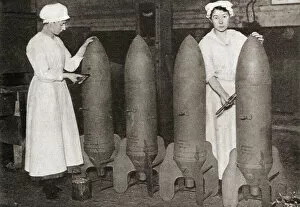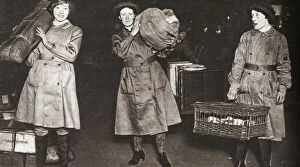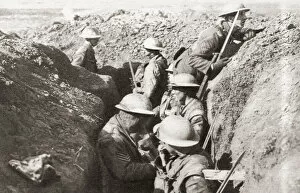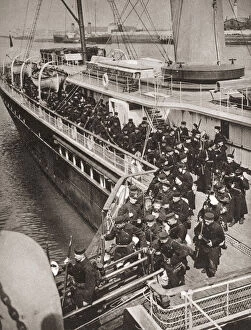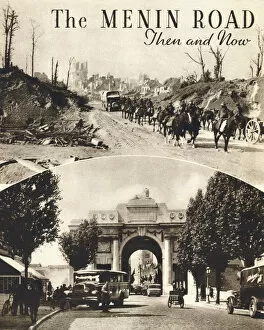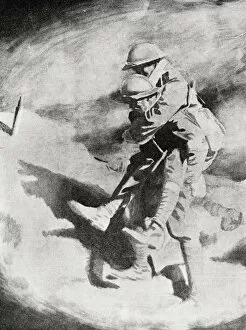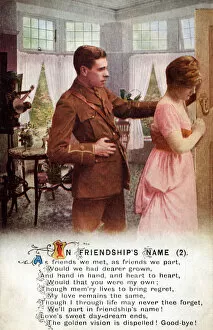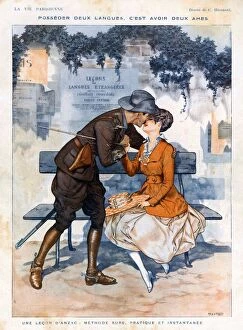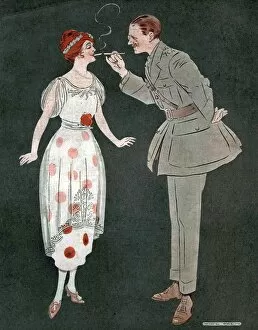The Great War Collection (#2)
"The Great War: A Call to Arms and Unity" In the early 1910s, as tensions escalated across Europe
For sale as Licensed Images
Choose your image, Select your licence and Download the media
"The Great War: A Call to Arms and Unity" In the early 1910s, as tensions escalated across Europe, the United Kingdom found itself on the brink of a conflict that would shape history. Lord Kitchener's iconic recruitment campaign echoed through every corner of the nation - "Your Country Needs You. " The powerful propaganda posters depicting his stern face became synonymous with patriotism and duty. Amidst this fervor, an oil painting titled "Our Little Contemptibles" captured the spirit of resilience in 1914. It depicted brave soldiers marching forward despite overwhelming odds. Another recruitment poster urged men to enlist by invoking memories of Scarborough's tragic bombardment - "Remember Scarborough. Enlist Now. " Across the Atlantic, in America, dedicated nurses from organizations like The Red Cross joined forces to support their troops overseas during World War I. Their selflessness and unwavering commitment epitomized their country's resolve. Meanwhile, on snowy slopes far away from home, ski patrols engaged enemy scouts in combat. In a vibrant color lithograph named "The Snow Soldiers, " these daring individuals showcased their bravery amidst treacherous conditions. As years passed and battles raged on, commemorations such as the pilgrimage honoring those lost at Ortigara drew thousands of Alpine soldiers together. They paid tribute to fallen comrades who had fought valiantly for their countries' causes. Artistic expressions also emerged during this tumultuous time; one such example was "The War of Prodigies. " This captivating color lithograph portrayed young minds grappling with war's harsh realities while still displaying remarkable talent and potential. Back in Britain, a vivid recruitment campaign reminded citizens that teamwork was essential for success - "Teamwork Builds Ships. " This sentiment resonated deeply as communities rallied together towards a common goal. On the Western Front, black-and-white photographs immortalized British 18-pounder field guns thundering into action against formidable foes. These images served as a testament to the relentless determination of soldiers who fought in the trenches.

